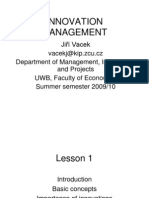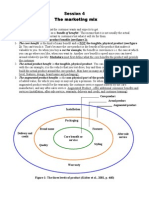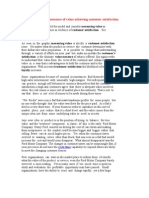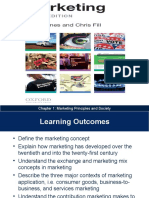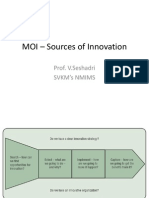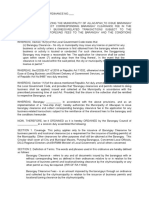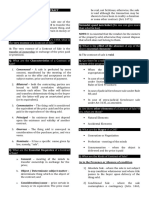0% found this document useful (0 votes)
63 views79 pagesInnovation Adoption & Strategy Guide
The document discusses developing winning products through customer journey maps and product configuration maps. It emphasizes understanding customer needs, benefits, and pain points. The key steps are to identify customer personas, map out the customer journey and emotions at each stage, and link product features to functions and benefits. Great innovations focus on the core function and customer benefits rather than added features. Configuration maps can then be used to develop products that deliver the most value to the identified customer segments. The overall approach is to deeply understand customers and build products that satisfy their needs.
Uploaded by
fayzaCopyright
© © All Rights Reserved
We take content rights seriously. If you suspect this is your content, claim it here.
Available Formats
Download as PDF, TXT or read online on Scribd
0% found this document useful (0 votes)
63 views79 pagesInnovation Adoption & Strategy Guide
The document discusses developing winning products through customer journey maps and product configuration maps. It emphasizes understanding customer needs, benefits, and pain points. The key steps are to identify customer personas, map out the customer journey and emotions at each stage, and link product features to functions and benefits. Great innovations focus on the core function and customer benefits rather than added features. Configuration maps can then be used to develop products that deliver the most value to the identified customer segments. The overall approach is to deeply understand customers and build products that satisfy their needs.
Uploaded by
fayzaCopyright
© © All Rights Reserved
We take content rights seriously. If you suspect this is your content, claim it here.
Available Formats
Download as PDF, TXT or read online on Scribd
/ 79






